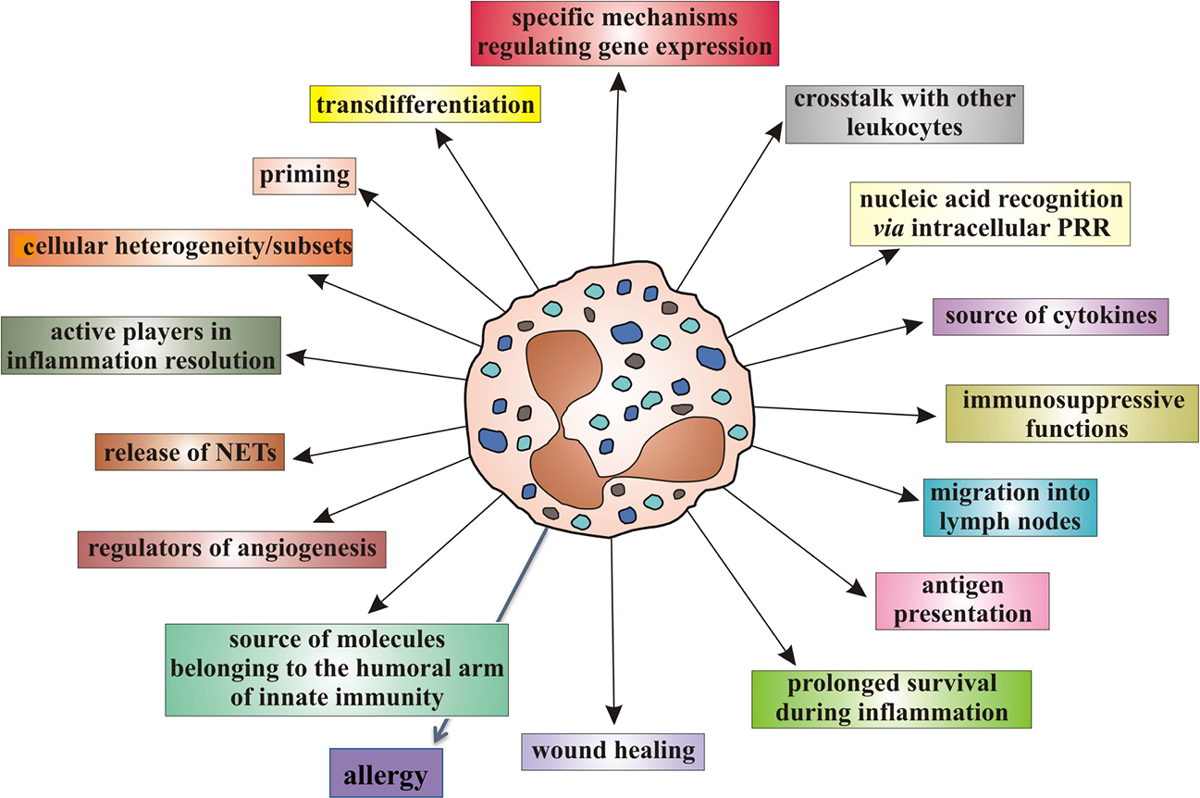Craniocervical Chiropractic Procedures – A Précis of Upper Cervical Chiropractic
SOURCE: J Can Chiropr Assoc 2015 (Jun); 59 (2): 173–192 ~ FULL TEXT
H. Charles Woodfield, III, BPhm, DC, Craig York, DC.
Roderic P. Rochester, DC, Scott Bales, DC,
Mychal Beebe, DC, Bryan Salminen, DC,
Jeffrey N. Scholten, DC .
Director of Research –
Upper Cervical Research Foundation,
Minneapolis, MN
Presented here is a narrative review of upper cervical procedures intended to facilitate understanding and to increase knowledge of upper cervical chiropractic care. Safety, efficacy, common misconceptions, and research are discussed, allowing practitioners, chiropractic students, and the general public to make informed decisions regarding utilization and referrals for this distinctive type of chiropractic care. Upper cervical techniques share the same theoretical paradigm in that the primary subluxation exists in the upper cervical spine. These procedures use similar assessments to determine if spinal intervention is necessary and successful once delivered. The major difference involves their use of either an articular or orthogonal radiograph analysis model when determining the presence of a misalignment. Adverse events following an upper cervical adjustment consist of mild symptomatic reactions of short-duration (< 24-hours). Due to a lack of quality and indexed references, information contained herein is limited by the significance of literature cited, which included non-indexed and/or non-peer reviewed sources.
KEYWORDS: adverse events; atlas; cervical; chiropractic; chiropractic adjustment; craniocervical
From the Full-Text Article:
Introduction:
The indexed literature reports the existence of many upper cervical (UC) procedures. [1, 2] Presented here is a brief narrative review or narrative description of upper cervical techniques (UCT) with the intention of increasing knowledge and understanding regarding their effectiveness and utilization. Procedural similarities and differences between UCT are examined. As chiropractic goes the way of other healing professions through stratification into specialties, this characterization of upper cervical procedures can create appreciation and clarity both inside and outside the profession.
There are more articles like this @ our:
This paper allows practitioners, chiropractic students, and the general public to make informed decisions regarding utilization and referrals for this unique type of chiropractic care. In the chiropractic profession, only 1.7 percent of practitioners utilize upper cervical chiropractic techniques according to the National Board of Chiropractic Examiners. [3] Since this represents such a minority, it is easily understood that few are familiar with UCT.
Origins
UCT have been part of the chiropractic profession since Dr. B.J. Palmer introduced the ‘Hole in One’ (HIO) upper cervical procedure at the 1931 PSC Lyceum. [1] The 1934 Palmer text, The Subluxation Specific – The Adjustment Specific established the foundation for upper cervical chiropractic. [4] These procedures follow an articular model in radiographic analysis and include Knee Chest, Toggle recoil, and Blair technique. Dr. A.A. Wernsing, credited for his contributions to Palmer’s HIO procedure, pioneered the orthogonal procedures described in The Atlas Specific. [4, 5] The theory of measuring atlas misalignment in degrees by using the atlas plane line is one of his many contributions. This branch of UCT adheres to an orthogonal model in the analysis of radiographs and includes Grostic Procedures, National Upper Cervical Chiropractic Association (NUCCA), Orthospinology, Atlas Orthogonality (AO), and Advanced Orthogonal.
Read the rest of this Full Text article now!





Leave A Comment